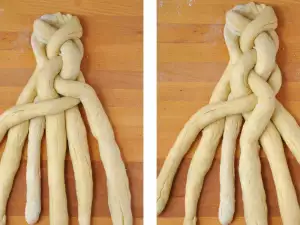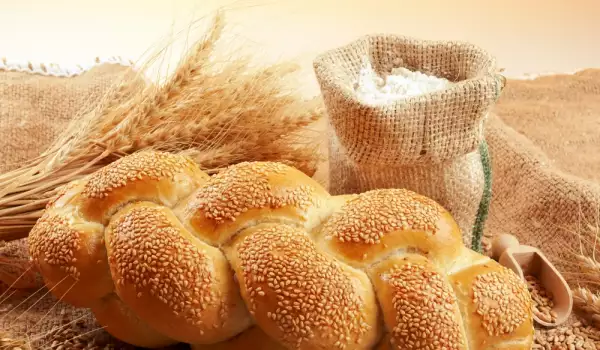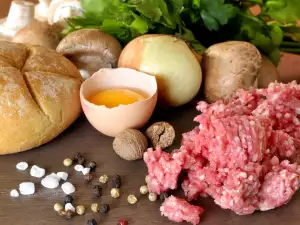There are a few main rules which need to be followed when making panettone at home.
The first rule is for all ingredients (milk, water, yeast) to be heated beforehand to a temperature of 80°F (25 °C). The flour must also be sifted very thoroughly. Another important condition is to be careful and not let the yeast curdle. That is why you must not, under any circumstances, knead the panettone with milk that has been heated too highly.
The so-called "threads" during the tearing of the Easter treat are characteristic of a truly delicious panettone. They form from the gluten threads of the flour and the egg whites. Kneading the dough for a significant amount of time is key for their creation. After kneading the floured mixture, it should not be hit hard. Knead the panettone slowly and let it rise.

Another crucial rule for kneading is the lengthy period of time for which the dough must sit in order to double in volume. Master pastry chefs recommend for the dough to rise twice - once, when it is in a ball and a second time when you form the panettone in the desired shape. The time needed to rise is usually between 5 and 6 hours. For those of you who are impatient, you can reduce that time in half.
The panettone must sit at room temperature before baking. It is best for the temperature in the area not to exceed or be less than 80°F (25 °C). At the same time, take care to prevent the rising panettone from getting a crust.

Also, be generous with the oil when preparing the mixture.
Among the appetizing additions, which would make the panettone irresistible, are almonds, raisins, lemon zest and cinnamon.
The temperature for baking is also of importance. The oven must not be on high. Initially, heat the oven to 430°F (220 °C).
Chefs recommend reducing the heat to 370°F (190 °C) after the initial rise in temperature. You can cover the panettone with foil if desired.




















Comments